The main differences between hardtail and full-suspension mountain bikes lie in their suspension design, performance on different terrains, and overall cost and maintenance. Here's a breakdown:
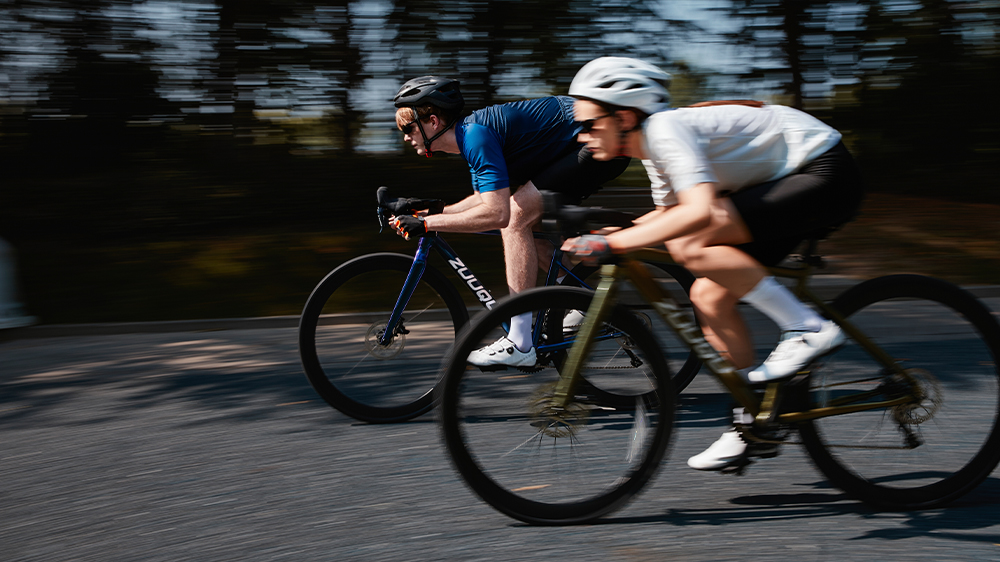
1. Suspension Design
Hardtail Mountain Bikes
Feature a suspension fork in the front only.
The rear of the frame is rigid, with no rear shock.
Full-Suspension Mountain Bikes
Have both front suspension (fork) and rear suspension (shock absorber).
The frame is designed with a pivot system to allow movement in the rear triangle.
2. Ride Comfort and Terrain Suitability
Hardtail
More efficient on smooth trails, cross-country (XC), and climbs due to lighter weight and better power transfer.
Less forgiving on rough terrain; the rider absorbs more impact from rocks, roots, and drops.
Full-Suspension
Offers greater comfort and control on technical, rough, or downhill trails.
The rear shock helps maintain traction on uneven surfaces, reducing rider fatigue.
3. Weight and Efficiency
Hardtail
Typically lighter than full-suspension bikes (fewer components).
Provides better energy transfer from pedals to the ground, ideal for climbing and sprinting.
Full-Suspension
Heavier due to additional parts (rear shock, pivots).
Some energy is lost in the rear suspension movement, though modern designs reduce this with lockout systems.
4. Cost and Maintenance
Hardtail
More affordable, both in terms of initial cost and maintenance.
Fewer moving parts mean less upkeep and a lower chance of mechanical issues.
Full-Suspension
Generally more expensive.
Requires more maintenance due to complex suspension systems and additional wear points.
5. Skill Level and Purpose
Hardtail
Great for beginners, recreational riders, or those focused on fitness and XC racing.
Teaches better line choice and bike handling due to less forgiveness on trails.
Full-Suspension
Preferred by intermediate to advanced riders tackling more aggressive terrain.
Better suited for enduro, trail riding, and downhill disciplines.
Summary Table
| Feature | Hardtail | Full-Suspension |
| Suspension | Front only | Front and rear |
| Terrain Suitability | Smooth trails, XC, climbing | Rough, technical, downhill |
| Weight | Lighter | Heavier |
| Efficiency | High on climbs | Lower due to rear suspension |
| Comfort | Lower | Higher |
| Maintenance | Lower | Higher |
| Price | More affordable | More expensive |


 0
0


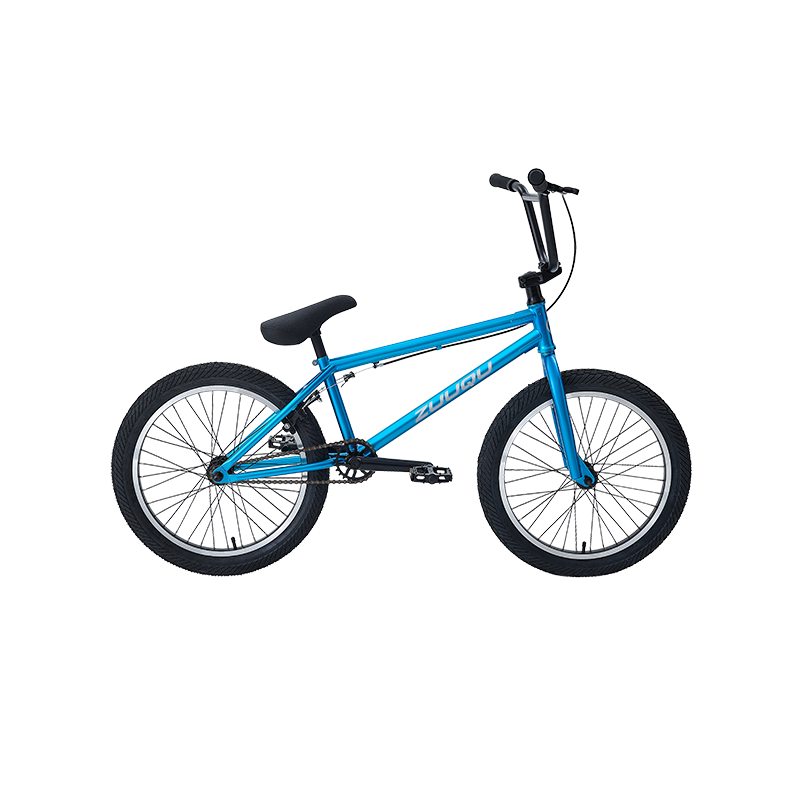

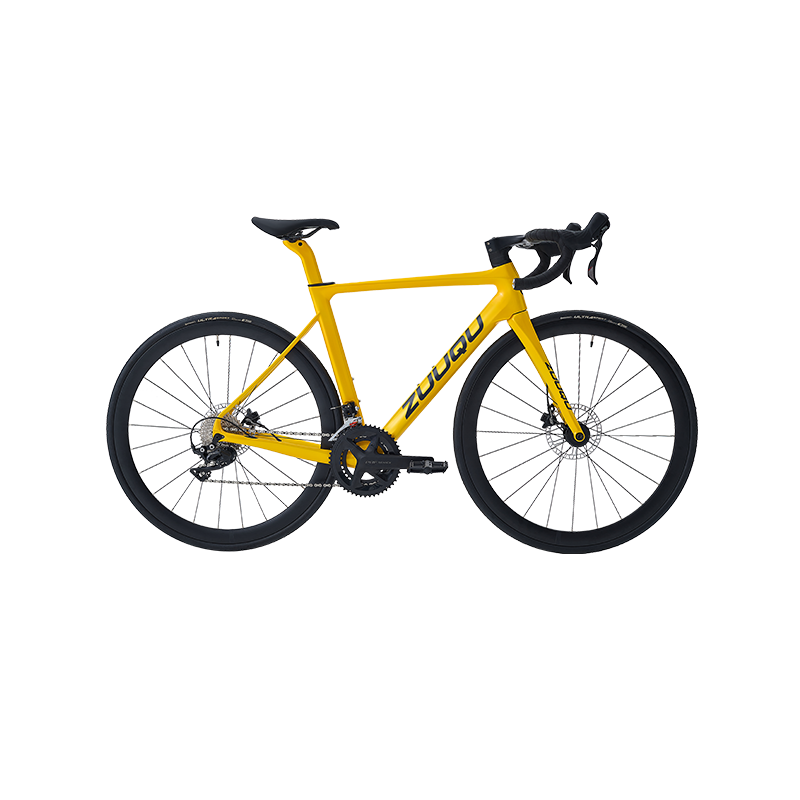
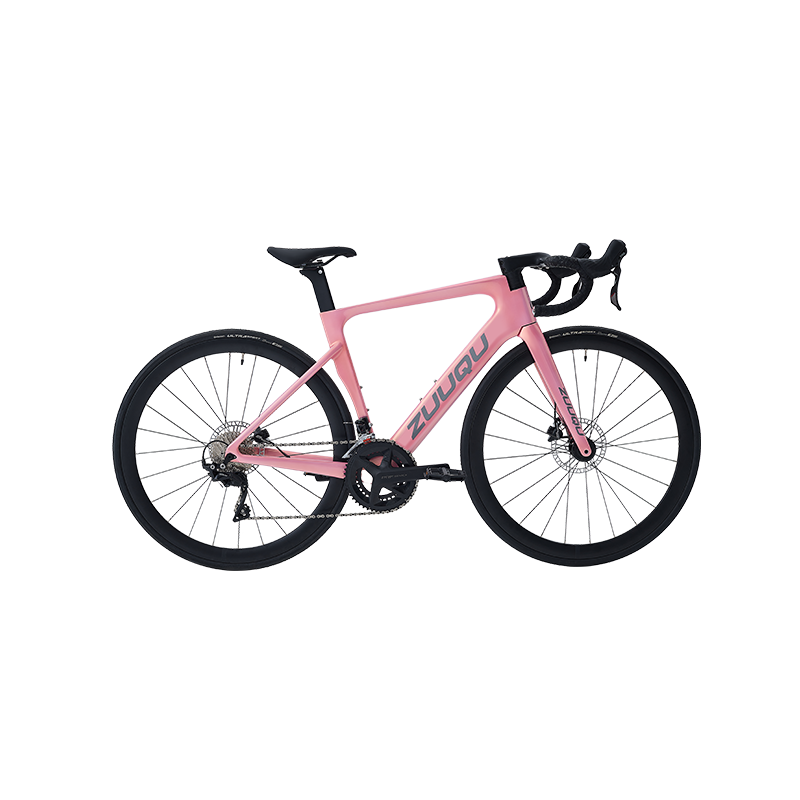
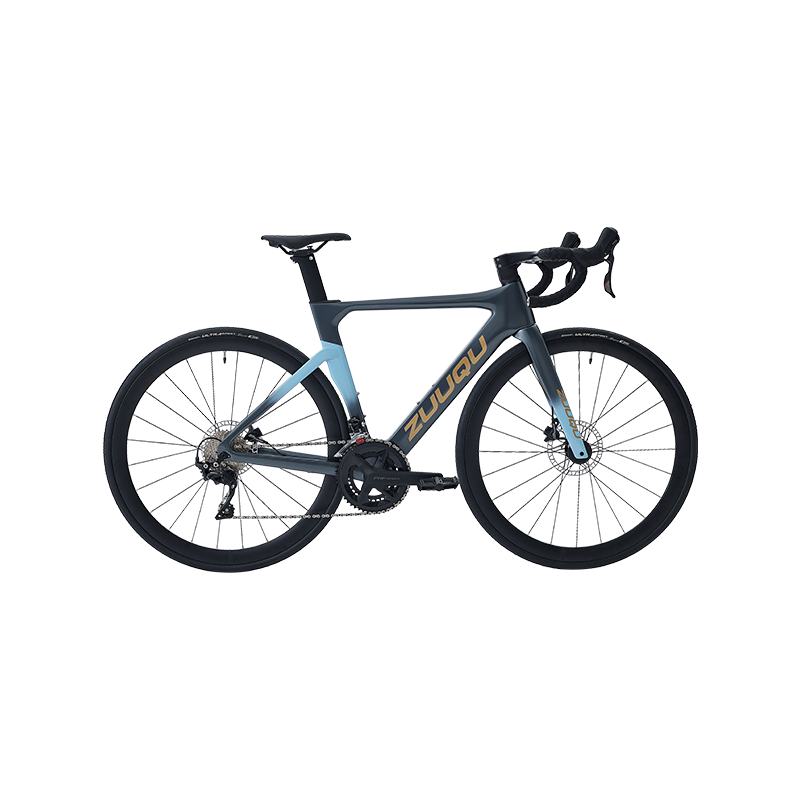
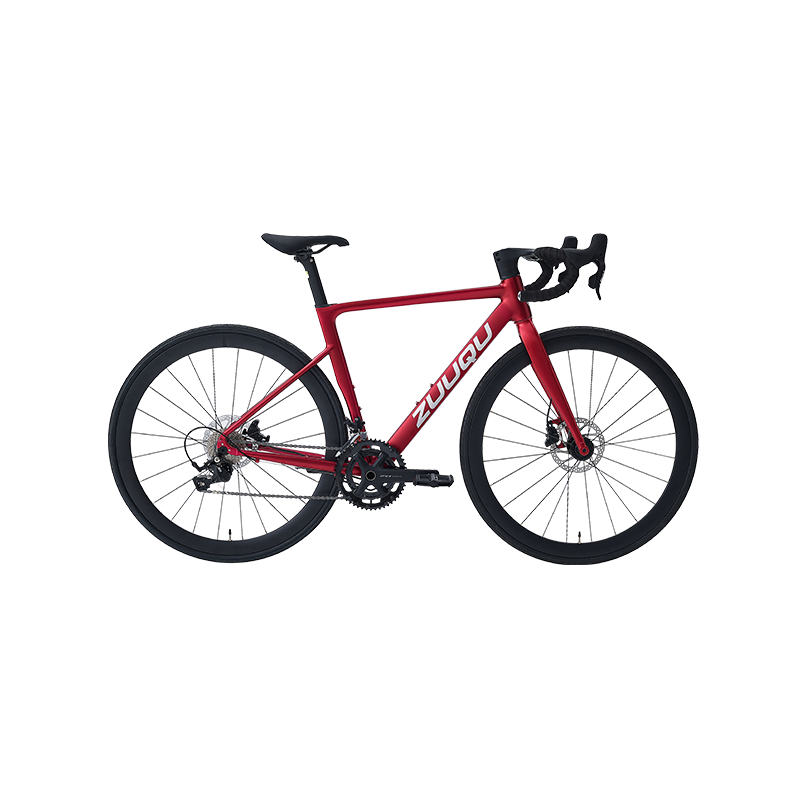
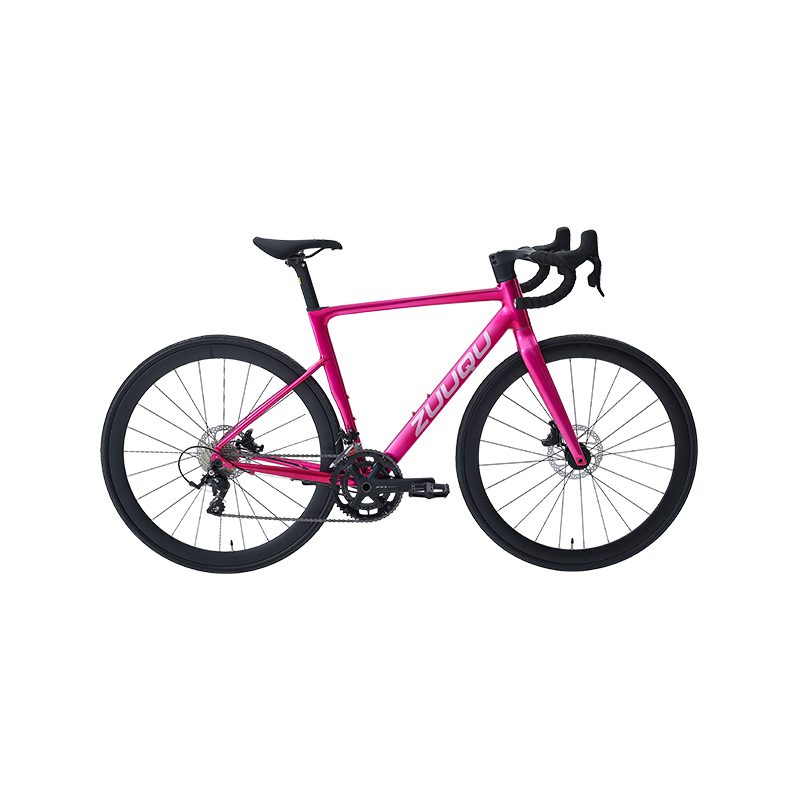
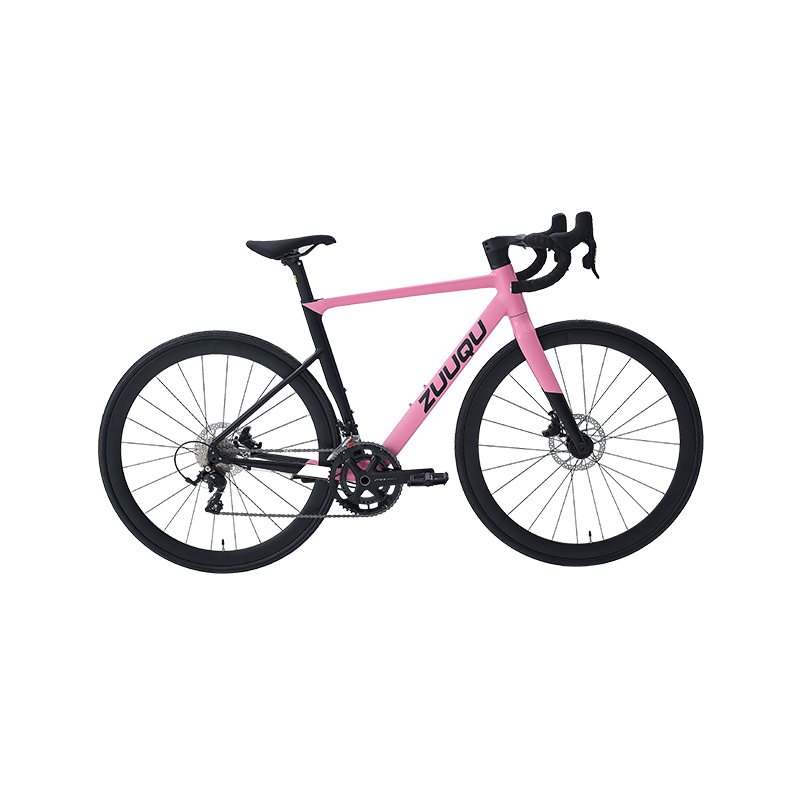
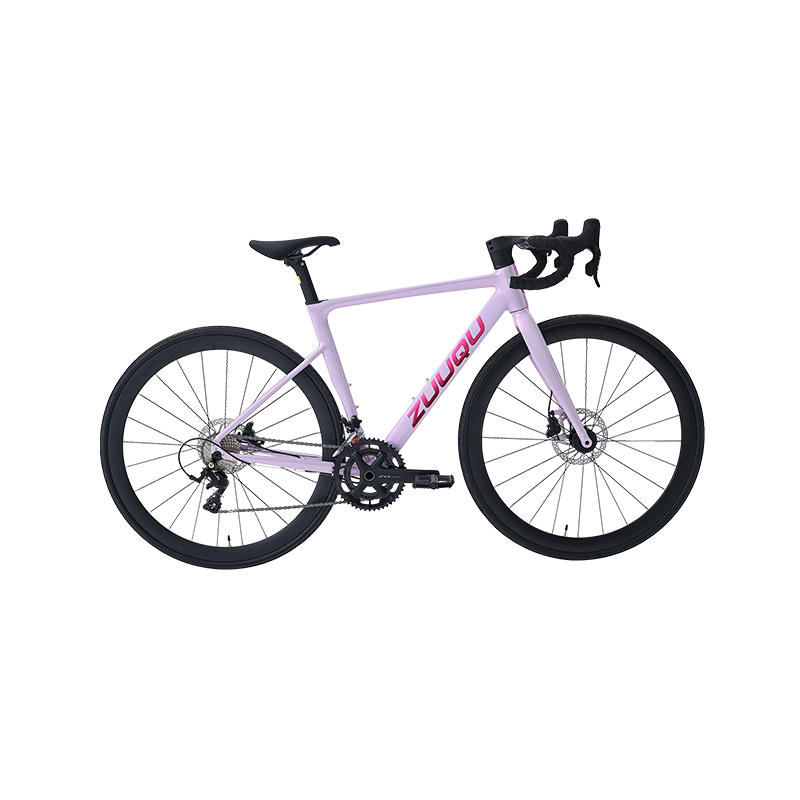
 Linhang industry park, Zhuji,
Linhang industry park, Zhuji,  +86-18858280688
+86-18858280688
